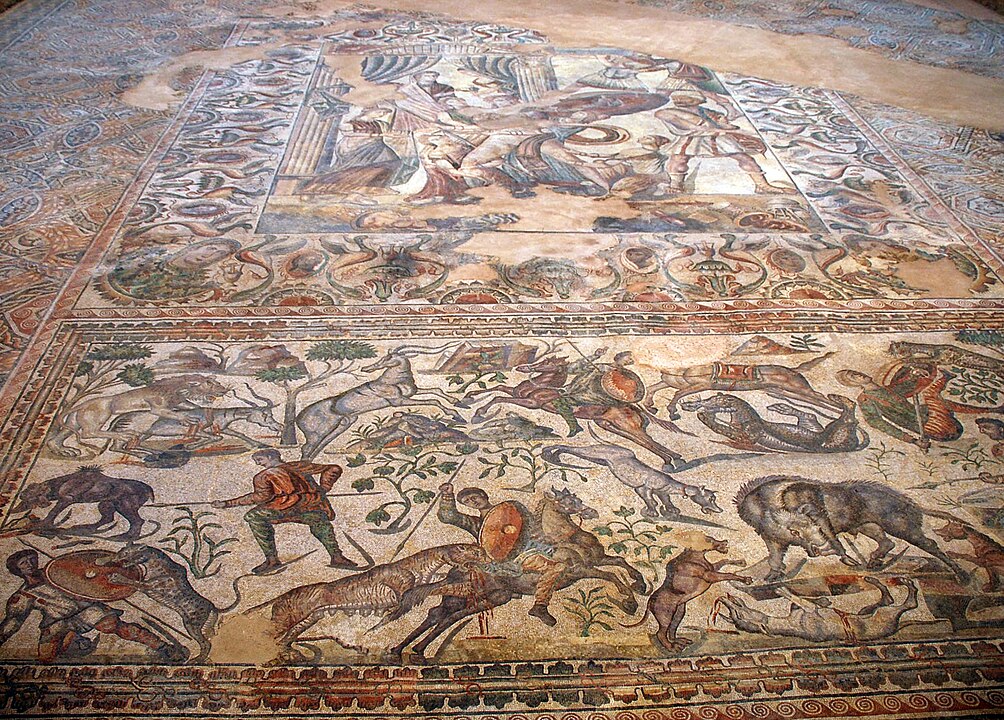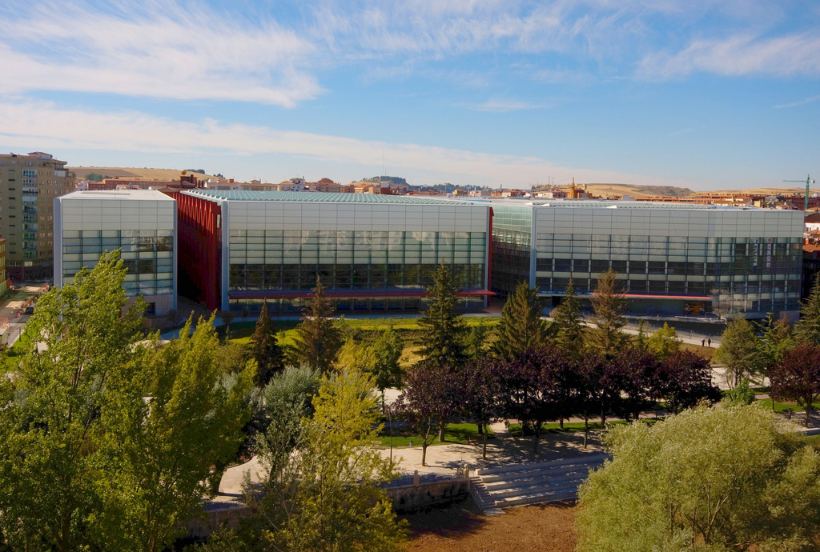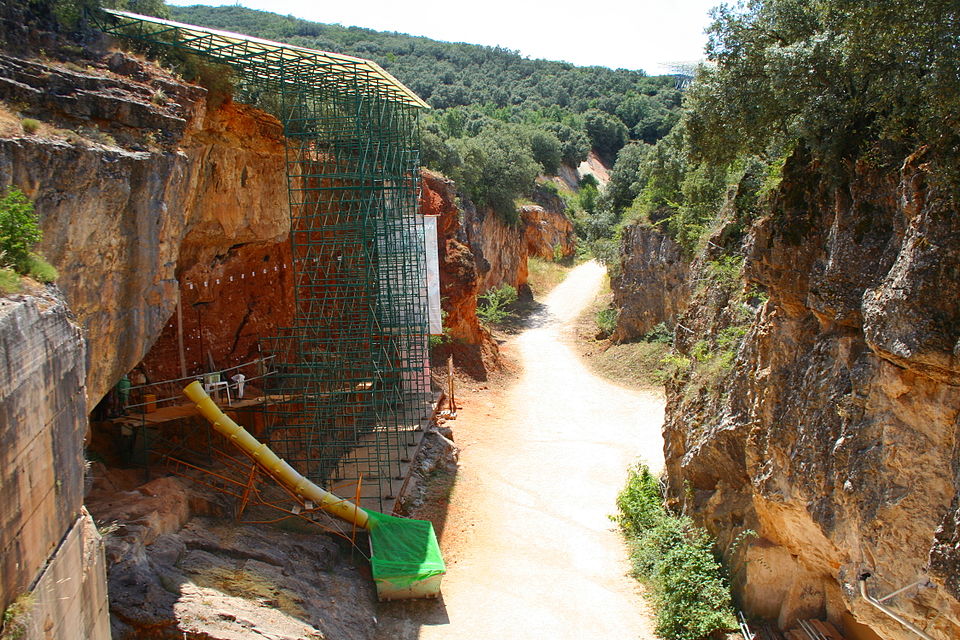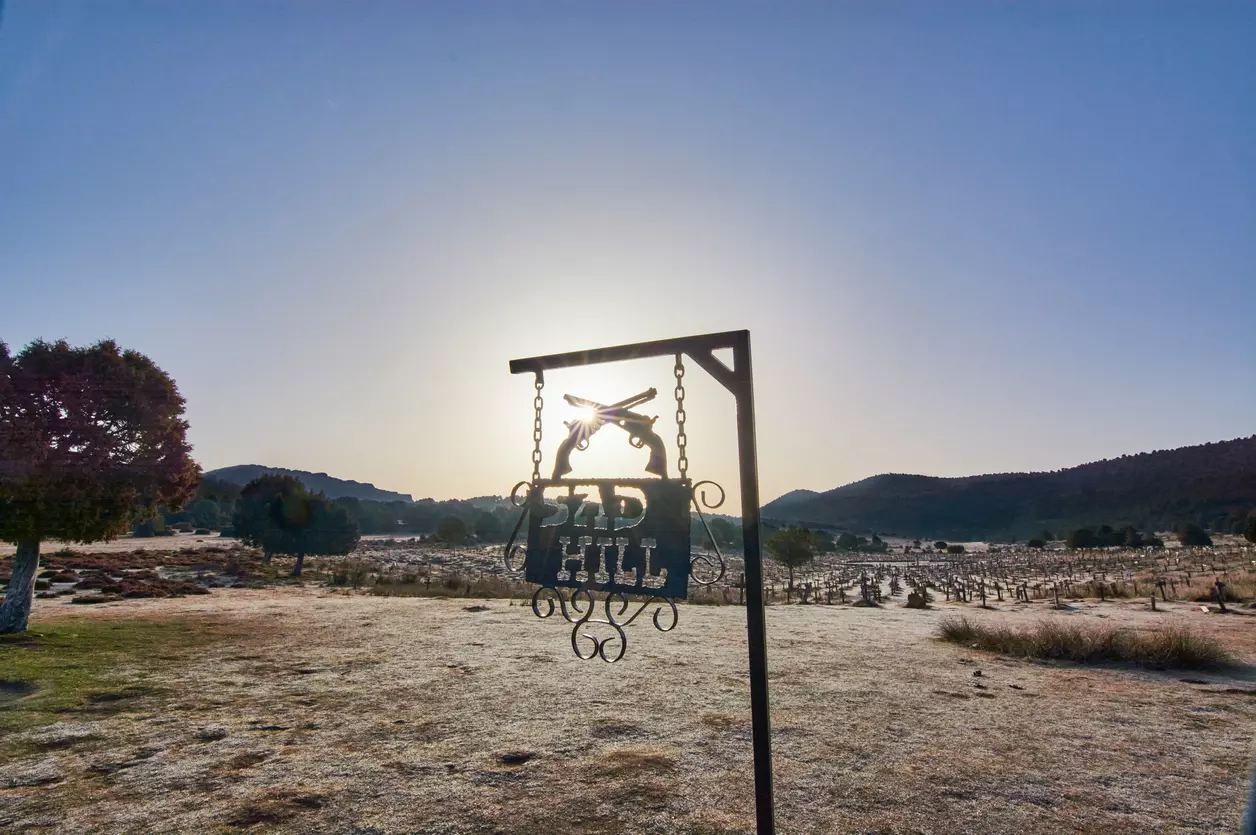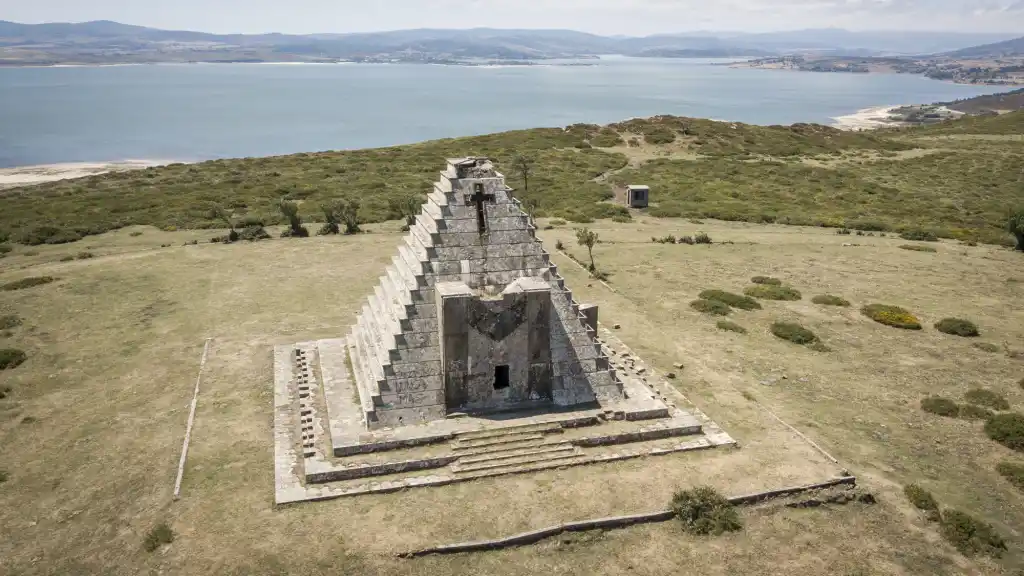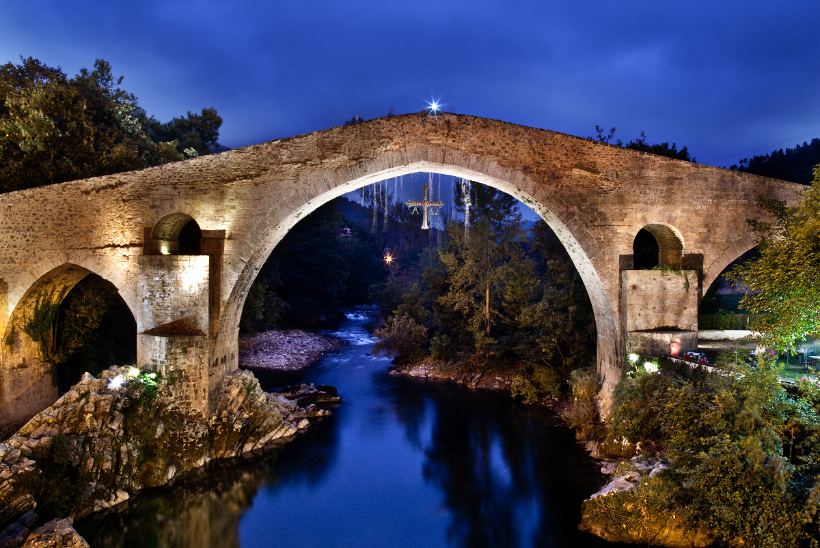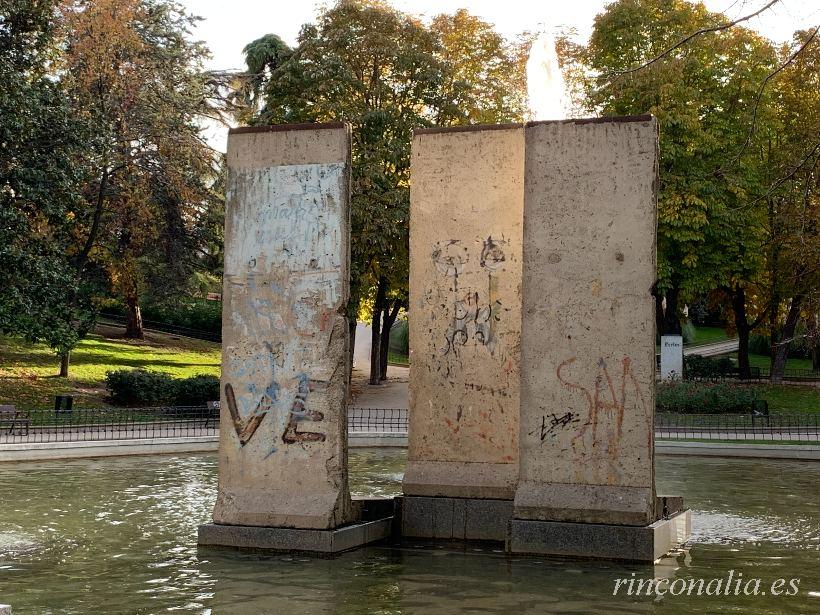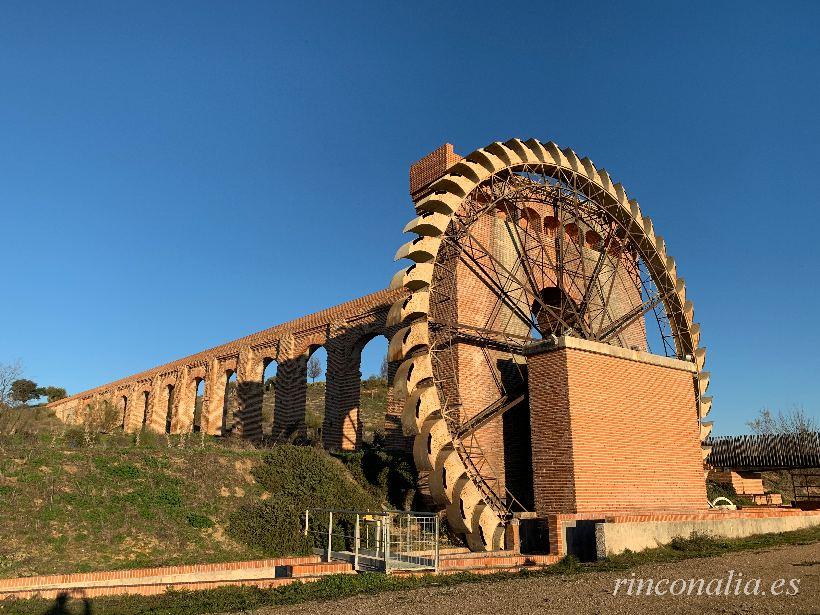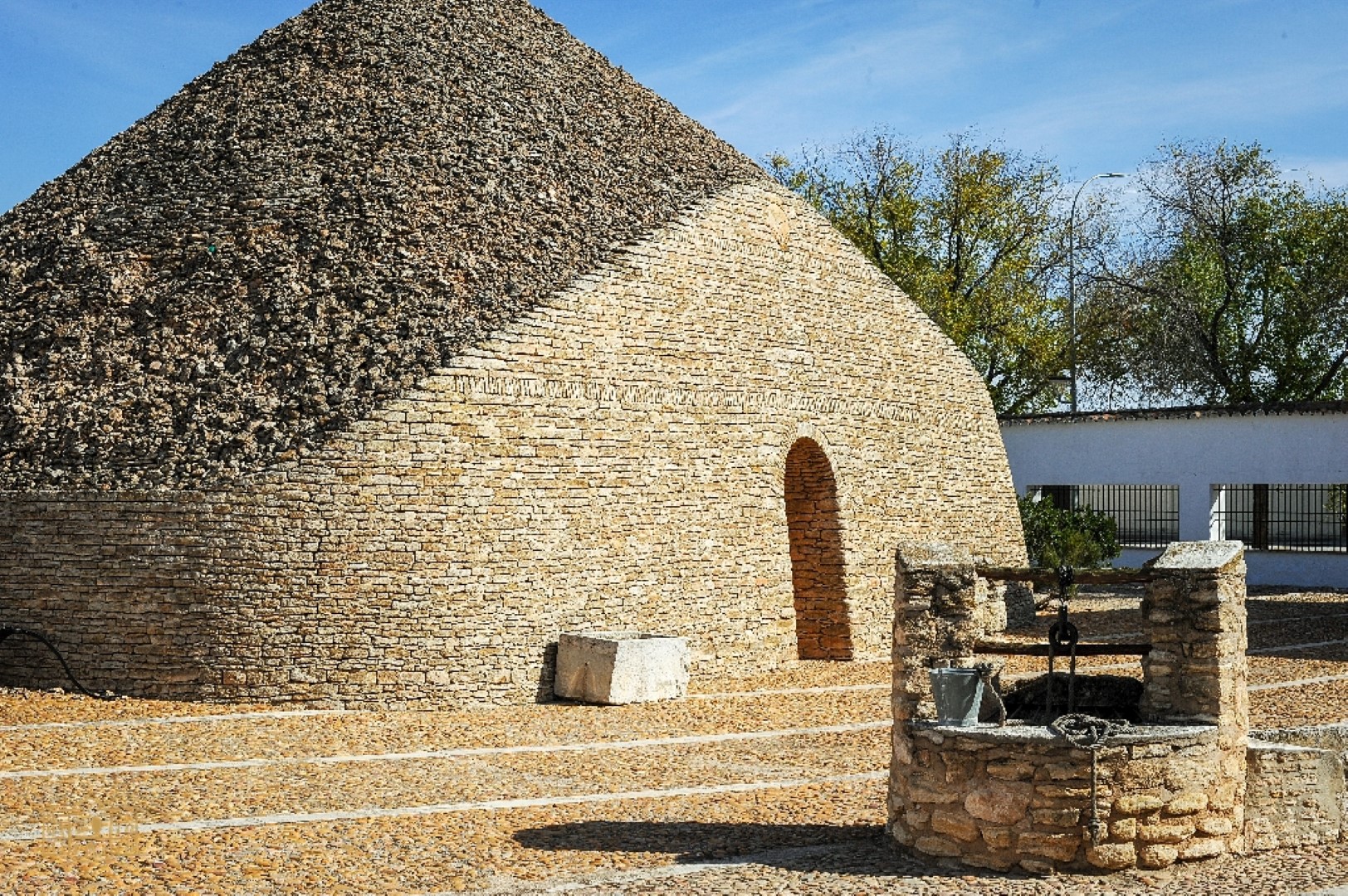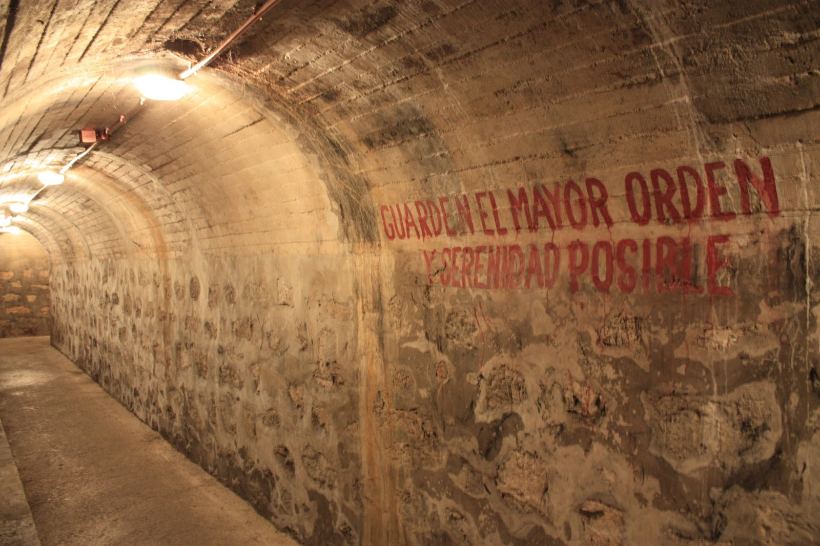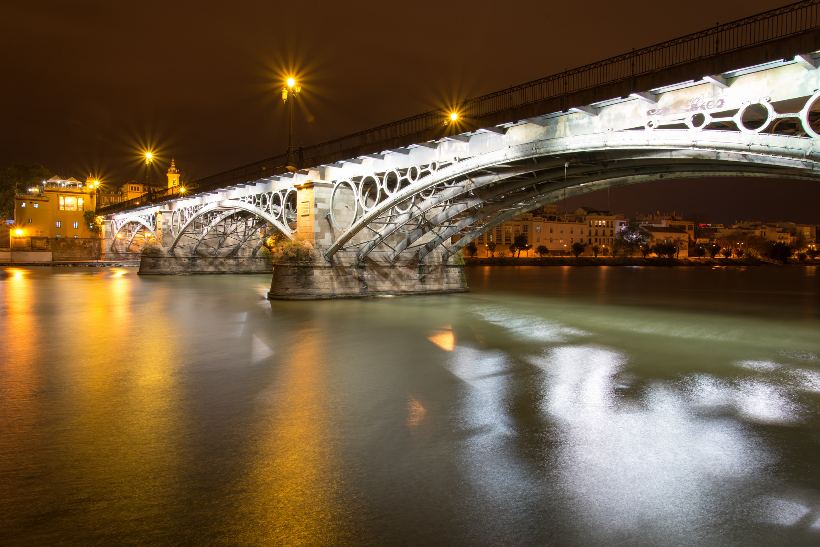Canal of Castilla at Frómista, 18th-century hydraulic engineering
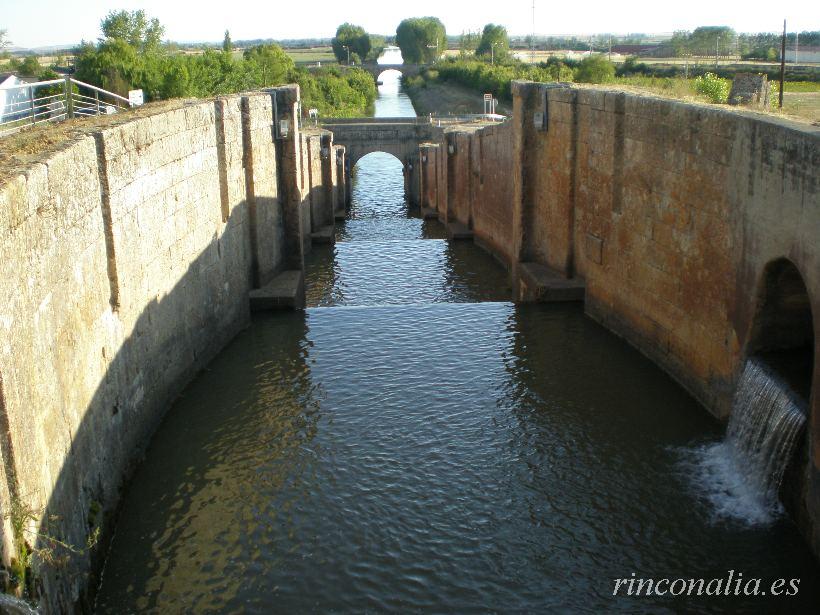
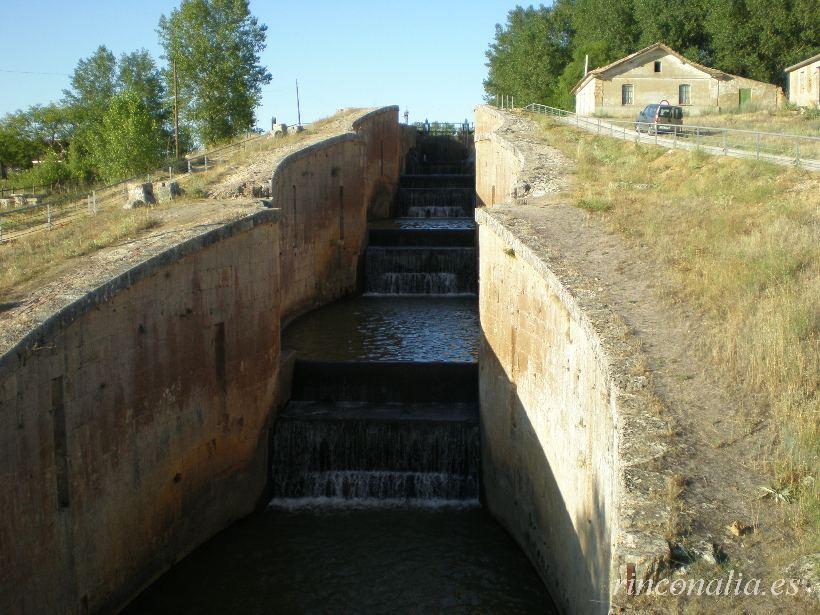
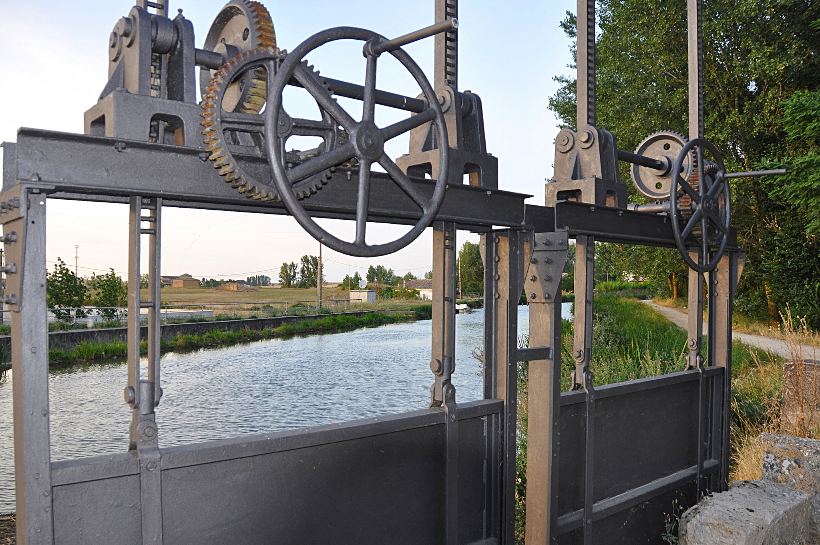
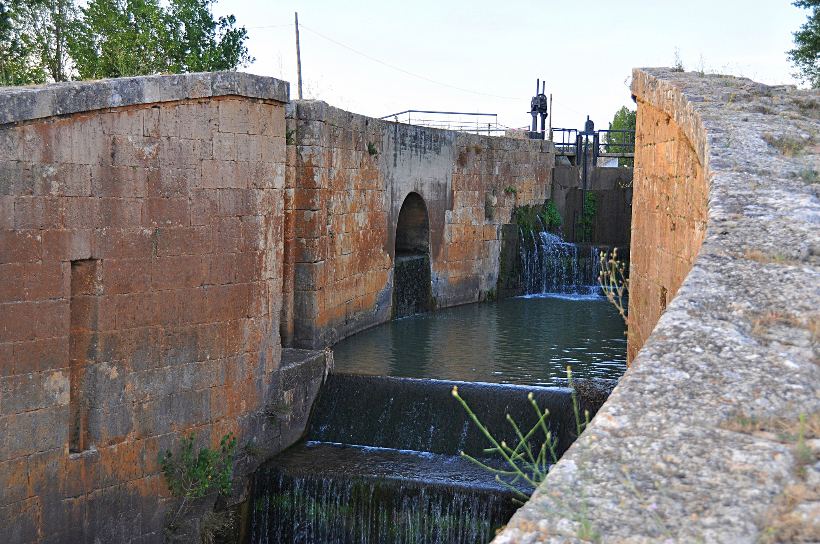
Actualizado el
The Canal of Castilla is one of Spain’s great feats of 18th-century hydraulic engineering, designed to link Castile and transport grain to Cantabrian ports. At Frómista, you can see the only quadruple lock in the entire network, a living testament to the ambition of connecting lands and markets.
Route and Historical Function
- Extends 207 km through the provinces of Burgos, Palencia and Valladolid.
- Its mission was to carry wheat from Castile’s fields to Reinosa (Cantabria), then onward to Europe.
- The arrival of the railway in the 19th century halted further expansion, leaving the canal as a heritage gem.
Construction and Sections
- Start (1753): first northern stretch to Alar del Rey.
- Campos and Southern branches (1791–1849): two additional navigable sections now part of a protected cultural landscape.
- Engineering: wooden gates, masonry walls and aqueducts span valleys and streams.
The Lock System
- 49 locks in total to overcome a 150 m altitude difference.
- Quadruple lock at Frómista: masterpiece with four consecutive chambers rising 14 m.
- Unique crossing with the Camino de Santiago, where pilgrims and boatmen shared stories and rest.
How to Visit
- Walks or bike rides on towpaths reveal bridges, docks and old grain mills.
- Boat trips are offered in season, passing through historic locks.
- Interpretation centres in Frómista and Alar del Rey explain navigation and maintenance techniques.
Let the calm of the waters and the echo of ancient rudders charm you, and feel how the Canal of Castilla continues to shape the history and landscape of the plateau.
How to get there
Como hemos comentado os proponemos visitar El Canal de Castilla a su paso por Frómista en la provincia de Palencia.
Decimal: 42.263333°, -4.400000°
DMS: 42°15'48" N, 4°24'00" O
